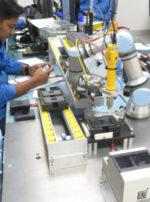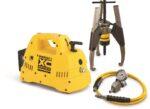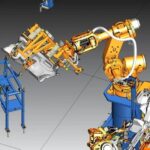Cluster theory fails to take hold in NZ manufacturing
Twenty-seven years after the Porter Project recommended New Zealand should pursue a “clusters” strategy to develop its manufacturing base, a government study of the manufacturing sector has found there are “few economically significant manufacturing clusters in New Zealand”. Without mentioning the government’s commercialisation accelerator agency, Callaghan Innovation, by name, the Ministry of Business, Innovation and Employment’s New Zealand Manufacturing Sector Report suggests that “new institutions may need to be established, or existing institutions modified”. Callaghan is expected to see funding cuts for direct grants to companies seeking research and development assistance in the May Budget, as the government moves to introduce a new R&D tax credits system. Economic Development Minister David Parker launched the report, the first such overview of the sector by the Ministry of Business, Innovation and Employment since it began publishing sector reports in 2013 under the previous government, in Auckland this afternoon. The report notes poor productivity persists in the sector and the long lead times required for new, higher value industries to emerge and appears to suggest changes are required to existing policy settings and government agencies to help deliver better results. “The development of a new industry typically follows an ‘S’ curve, similar to the stages a new technology goes through as it diffuses through society,” the report says. “There is usually a long gestation period – perhaps 10-20 years – while the skills and capability needed to succeed are learned and acquired by: firms; investors and service providers; and the education and government sectors. “New institutions may need to be established or existing institutions modified.” The government is also conducting reviews and reforms of the education system, including initiatives to improve the financial stability and quality of skills training through the country’s polytechnics. The manufacturing sector is a disproportionately large employer of tradespeople, […]










